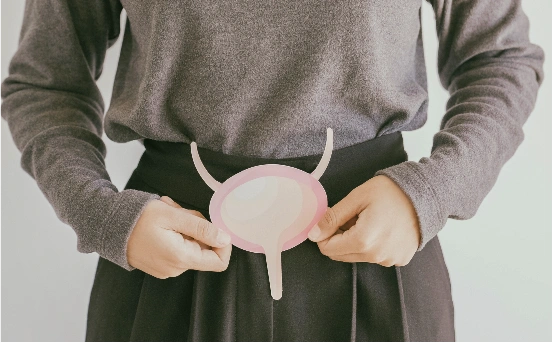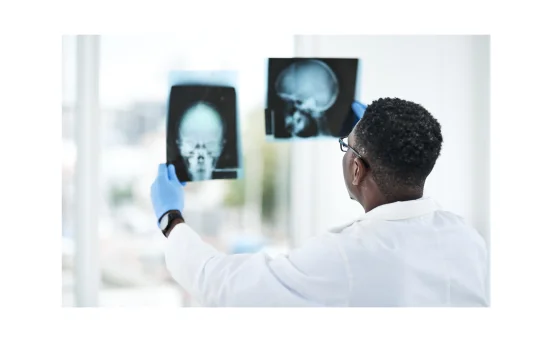Causes for cystodiathermy surgery is a minimally invasive procedure commonly used to treat certain bladder conditions, particularly those that do not respond well to medications or other conservative treatments. This procedure uses electrical current to burn or cauterize abnormal tissues within the bladder, offering relief from chronic symptoms and preventing complications. But why is this procedure necessary in the first place?
Bladder conditions such as recurrent inflammation, persistent bleeding, bladder polyps, or certain low-grade tumors can severely impact a person’s quality of life. Frequent urination, pain, urgency, and blood in the urine are not just physically distressing they can also lead to emotional stress, social withdrawal, and a significant drop in productivity. When these symptoms persist and don’t respond to traditional treatments, causes for cystodiathermy surgery becomes a valuable option.
What is Cystodiathermy?
Cystodiathermy is a bladder-focused electrosurgical procedure. It involves the application of diathermy (electrical current) to remove or destroy abnormal tissues in the urinary bladder lining. The procedure is typically performed during a cystoscopy, where a thin tube with a camera (cystoscope) is inserted through the urethra into the bladder.
It is considered effective for managing a range of bladder disorders, especially when medical therapy has failed. It also plays a role in both diagnosis and treatment of certain urological conditions.
Major Causes for Cystodiathermy Surgery
Recurrent Bladder Lesions or Polyps
One of the most common causes for cystodiathermy is the presence of recurrent bladder polyps or benign lesions. These abnormal growths can cause symptoms like blood in urine (hematuria), pain, or urinary obstruction. While many are non-cancerous, they still require removal to rule out malignancy and relieve symptoms.
Why cystodiathermy is used :-
Diathermy helps in destroying the lesion without extensive surgery, reducing recurrence and minimizing damage to surrounding tissue.
Interstitial Cystitis (Painful Bladder Syndrome)
Interstitial cystitis (IC) is a chronic bladder condition causing pain, pressure, and frequent urges to urinate. When oral medications and lifestyle changes are ineffective, cystodiathermy may be recommended.
How it helps :-
Cystodiathermy can cauterize inflamed bladder wall areas and reduce nerve sensitivity, offering symptomatic relief to patients suffering from IC.
Chronic Inflammation or Infection of the Bladder (Cystitis)
Persistent or chronic cystitis, especially in elderly or immunocompromised individuals, can lead to changes in the bladder lining. These areas of inflammation may become resistant to antibiotics and require surgical intervention.
Cystodiathermy’s role :-
It destroys chronically inflamed tissues, preventing further complications and improving bladder function.
Hemorrhagic Cystitis
Hemorrhagic cystitis is a condition characterized by severe bleeding from the bladder lining, often caused by radiation therapy, chemotherapy (e.g., cyclophosphamide), or infections. It can result in significant blood loss and clot formation.
How cystodiathermy helps :-
It cauterizes bleeding vessels, providing hemostasis and improving the patient’s quality of life.
Bladder Tumors (Non-invasive or Low-Grade)
Although bladder cancer requires comprehensive oncologic treatment, cystodiathermy can be used to manage superficial or low-grade tumors detected early. These tumors are often discovered during cystoscopic examinations.
Treatment approach :-
Cystodiathermy offers a minimally invasive method to excise or destroy superficial tumors and prevent recurrence.
Enlarged Blood Vessels or Vascular Malformations in the Bladder
Some individuals develop vascular malformations or fragile, dilated blood vessels in the bladder that rupture easily, causing repeated episodes of hematuria.
Why cystodiathermy is used :-
By cauterizing these vessels, cystodiathermy can control bleeding and reduce the frequency of hematuria episodes.
Chronic Bladder Pain Unresponsive to Other Treatments
In some patients, chronic bladder pain does not have a clear cause and does not respond to conservative treatments. These patients may suffer from neuropathic pain or nerve-related bladder dysfunction.
Cystodiathermy’s role :-
By targeting pain-sensitive areas in the bladder, diathermy may reduce discomfort and improve overall bladder tolerance.
Radiation-Induced Bladder Damage
Patients who have undergone pelvic radiotherapy for cancers such as cervical or prostate cancer may develop radiation cystitis. This condition leads to bladder irritation, bleeding, and tissue damage.
Surgical application :-
Cystodiathermy can effectively remove necrotic tissue, stop bleeding, and promote healing in radiation-damaged bladder tissues.
Who Needs Cystodiathermy?
Cystodiathermy is not a first-line treatment. It is typically considered in the following scenarios :-
-
When medications and lifestyle changes fail
-
When there are recurrent or suspicious lesions in the bladder
-
When chronic inflammation leads to significant symptoms
-
When bleeding or hematuria affects daily life
-
When pain is debilitating and unexplained
Benefits of Cystodiathermy Surgery
-
Minimally invasive :- No major incisions required
-
Quick recovery :- Usually performed as a day-care or short-stay procedure
-
Effective symptom relief :- Particularly for pain, bleeding, and urinary urgency
-
Low recurrence rates when used for polyps and lesions
-
Improved bladder health over the long term
Risks and Considerations
Like any procedure, cystodiathermy carries some risks, including :-
-
Urinary tract infections (UTI)
-
Bladder spasms or discomfort post-procedure
-
Bleeding or irritation for a few days
-
Rare bladder perforation (very uncommon)
Patients should follow their urologist’s pre- and post-operative instructions carefully to minimize risks and ensure a smooth recovery.
When to See a Doctor?
If you experience any of the following, consult a urologist :-
-
Repeated blood in urine
-
Chronic pelvic or bladder pain
-
Frequent urination disrupting daily life
-
Painful urination or urgency without infection
-
Known bladder polyps or abnormal growths
Early diagnosis and timely treatment with procedures like cystodiathermy can prevent complications and improve your bladder health.
Conclusion
Causes for cystodiathermy surgery is a highly effective option for treating a wide range of bladder conditions, particularly when conservative treatments fall short. From recurrent polyps to hemorrhagic cystitis and interstitial cystitis, the causes for cystodiathermy are varied but share a common thread persistent symptoms that impact a person’s quality of life.






















